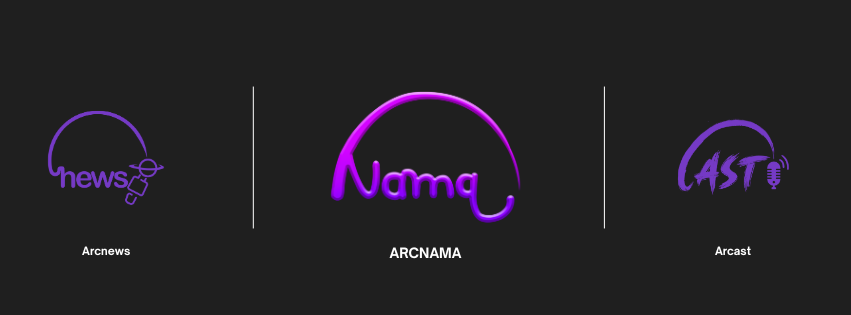Inflation Trends in India
India’s retail inflation climbed to 2.07% in August 2025, up from 1.61% in July, according to official data released on Friday. The rise was largely driven by higher food prices, though inflation still remains comfortably within the Reserve Bank of India’s (RBI) target band of 2%–6%.
The latest figures matched market expectations, with a Reuters poll forecasting inflation at 2.1%.
Economic Growth vs Inflation Control
India, the world’s fifth-largest economy, is projected to grow at 6.5% this financial year, the fastest among major economies. However, weaker corporate earnings, subdued equity markets, and tariffs of up to 50% on Indian exports to the U.S. are adding pressure.
With inflation staying low and global central banks like the U.S. Federal Reserve moving toward rate cuts, economists believe the RBI has space for further monetary easing.
The RBI’s Monetary Policy Committee (MPC) will announce its next decision on October 1.
Expert Views on Rate Cuts
Economists expect the central bank to hold rates steady in the upcoming meeting but leave room for cuts later this year.
“We see some scope for rate cuts worth 25–50 basis points from December if downside risks to growth materialize,” said Upasna Bhardwaj, economist at Kotak Mahindra Bank.
Food Prices and Monsoon Risks
The increase in inflation during August was mainly due to higher prices of vegetables, meat, fish, edible oils, personal care, and eggs.
- Food prices dropped 0.69% year-on-year in August, compared to a sharper decline of 1.76% in July.
- Vegetable prices fell 15.92%, after a 20.69% decline the previous month.
Above-normal rainfall in August and expectations of continued heavy showers in September could affect key summer crops such as rice, cotton, soybean, and pulses, potentially pushing food inflation higher.
Core Inflation Steady
Core inflation, which excludes food and energy, remained stable at 4.1% in August, compared with 4%–4.12% in July, according to economists. This reflects steady demand within the economy.
Tax Cuts to Ease Price Pressures
The Indian government’s recent tax relief on food items and consumer goods is expected to help curb inflation in the coming months.
“With even a 50–60% pass-through of GST cuts, we see FY26 inflation moving down by 20–30 basis points compared to our current estimate of 2.8%,” said Sakshi Gupta, economist at HDFC Bank.
Growth Risks Remain
While inflation appears under control, global trade tensions remain a concern. U.S. tariffs on Indian exports are expected to slow growth further, limiting companies’ ability to raise prices.
“We think downside risks to growth will become more evident with global resets and monetary easing led by the Fed, which could open up space for easing in India later this year,” said Madhavi Arora, chief economist at Emkay Global Financial Services.


